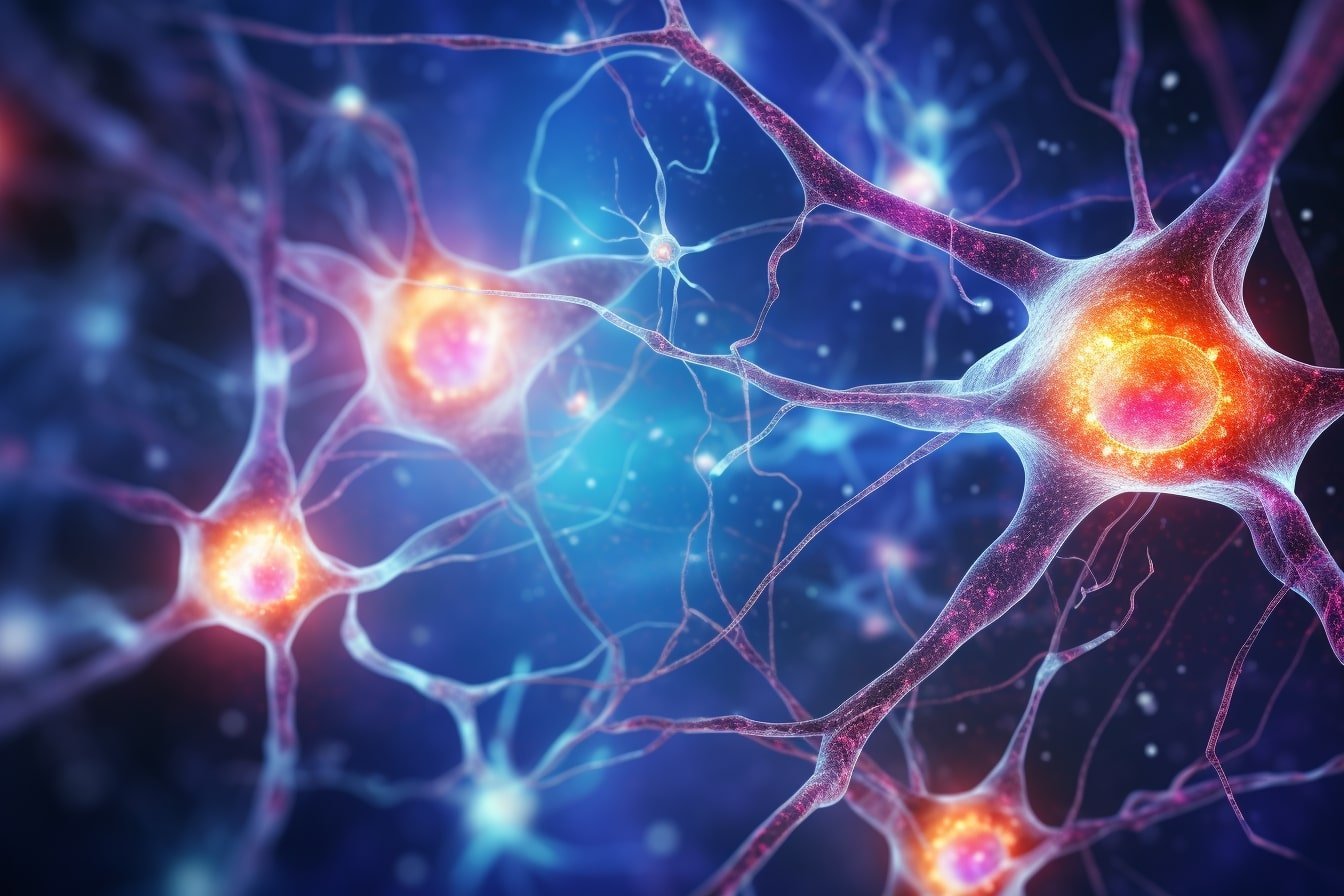Summary: Researchers discovered a mechanism linking insulin-like growth factors (IGF) to brain plasticity. This study uncovers how IGF1 and IGF2 promote brain health and functionality, including learning and memory, through the activation of IGF1-Receptor during synaptic plasticity.
The study unveils an autocrine mechanism in neurons that is crucial for brain plasticity. The newfound insight into this mechanism could pave the way for future research in preventing cognitive decline and diseases such as Alzheimer’s.
Key Facts:
- The insulin superfamily of hormones, including IGF1 and IGF2, are essential for healthy brain development and function, including learning and memory.
- The researchers found a local autocrine mechanism where IGF1 and IGF2 are produced in hippocampal neurons and released during plasticity, activating the IGF1-Receptor.
- Disrupting this mechanism impairs plasticity, highlighting its critical role in maintaining cognitive health and potentially providing a novel avenue for Alzheimer’s disease research.
Source: Max Planck Institute
Research from the Max Planck Florida Institute for Neuroscience has identified a mechanism through which insulin-like growth factors facilitate brain plasticity.
The insulin superfamily of hormones, including insulin, insulin-like growth factor 1 (IGF1), and insulin-like growth factor 2 (IGF2), play a crucial role not only in regulating blood sugar, metabolism, and growth, but also in healthy brain development and function, including learning and memory.

These hormones can enter the brain through the bloodstream from the liver or can be synthesized directly in neurons and glial cells within the brain. They bind to receptors, including the IGF1-Receptor, activating signals that modulate neuron growth and activity. Disruption of this signaling pathway is involved in cognitive decline and diseases such as Alzheimer’s.
To understand how IGF1 and IGF2 promote brain health, scientists investigated the activation of this signaling pathway in the hippocampus, an area of the brain critical for learning and memory.
Specifically, they wanted to explore whether IGF signaling was active during synaptic plasticity, the cellular process that strengthens connections between neurons during memory formation and protects against cognitive decline.
To do this, Max Planck scientists developed a biosensor that detected when the IGF1-Receptor was active, allowing them to visualize the activity of the signaling pathway involved in plasticity.
When a synapse was undergoing plasticity, the scientists observed that the IGF1-Receptor was robustly activated in the strengthening synapse and nearby synapses. This receptor activation was critical for synaptic growth and strengthening during plasticity. However, where the IGF that activates the receptor was coming from was unknown.
Lead researcher and first author of the scientific publication, Dr. Xun Tu, however, described how being able to visualize the receptor activation during plasticity gave them a clue.
“The fact that the activation of the IGF-Receptor was localized near the synapse undergoing plasticity suggested that IGF1 or IGF2 might be produced in hippocampal neurons and locally released during plasticity,” she explained.
To explore this hypothesis, the scientists tested whether IGF1 and IGF2 were produced and could be released from hippocampal neurons. Interestingly, they found a region-specific difference in the production of IGF1 and IGF2. One group of neurons in the hippocampus, CA1 neurons, produced IGF1; another group, CA3 neurons, produced IGF2 (see picture).
When either CA1 or CA3 neurons were activated in a way that mimicked synaptic plasticity, IGF wasreleased. Importantly, when the scientists disrupted the ability of the neurons to produce IGF, the activation of the IGF1-Receptor during plasticity and synaptic growth and strengthening was blocked.
Senior author on the publication and Max Planck Scientific Director, Dr. Ryohei Yasuda, summarized the findings.
“This work reveals a local, autocrine mechanism in neurons that is critical for brain plasticity. When a synapse undergoes plasticity, IGF is released locally to activate the IGF1-Receptor on the same neuron. Disrupting this mechanism impairs the plasticity, highlighting its critical role in maintaining cognitive health.”
This discovery of this new mechanism sheds light on how memories are encoded in the brain and highlights the importance of further study on the insulin superfamily of hormones in the brain.
The scientists hope that understanding the mechanism through which IGF hormones facilitate brain plasticity, will lead to research into whether targeting this signaling pathway could prevent cognitive decline and combat diseases like Alzheimer’s.
Funding: This research was supported by Louis D Srybnik Foundation Inc. and Foundation for the Art, Science, and Education Inc., the National Institutes of Health (Grant Numbers: R35NS116804, DP1NS096787, and R01MH080047), and the Max Planck Florida Institute for Neuroscience. This content is solely the responsibility of the authors and does not necessarily represent the official views of the funders.
About this neuroplasticity research news
Author: Katie Edwards
Source: Max Planck Institute
Contact: Katie Edwards – Max Planck Institute
Image: The image is credited to Neuroscience News
Original Research: Open access.
“Local autocrine plasticity signaling in single dendritic spines by insulin-like growth factors” by Ryohei Yasuda et al. Science Advances
Abstract
Local autocrine plasticity signaling in single dendritic spines by insulin-like growth factors
The insulin superfamily of peptides is essential for homeostasis as well as neuronal plasticity, learning, and memory. Here, we show that insulin-like growth factors 1 and 2 (IGF1 and IGF2) are differentially expressed in hippocampal neurons and released in an activity-dependent manner.
Using a new fluorescence resonance energy transfer sensor for IGF1 receptor (IGF1R) with two-photon fluorescence lifetime imaging, we find that the release of IGF1 triggers rapid local autocrine IGF1R activation on the same spine and more than several micrometers along the stimulated dendrite, regulating the plasticity of the activated spine in CA1 pyramidal neurons. In CA3 neurons, IGF2, instead of IGF1, is responsible for IGF1R autocrine activation and synaptic plasticity.
Thus, our study demonstrates the cell type–specific roles of IGF1 and IGF2 in hippocampal plasticity and a plasticity mechanism mediated by the synthesis and autocrine signaling of IGF peptides in pyramidal neurons.






